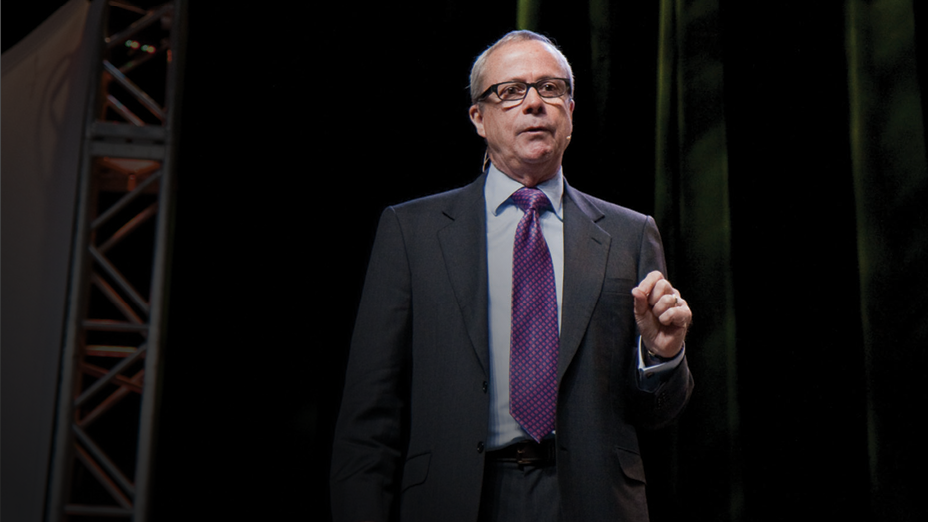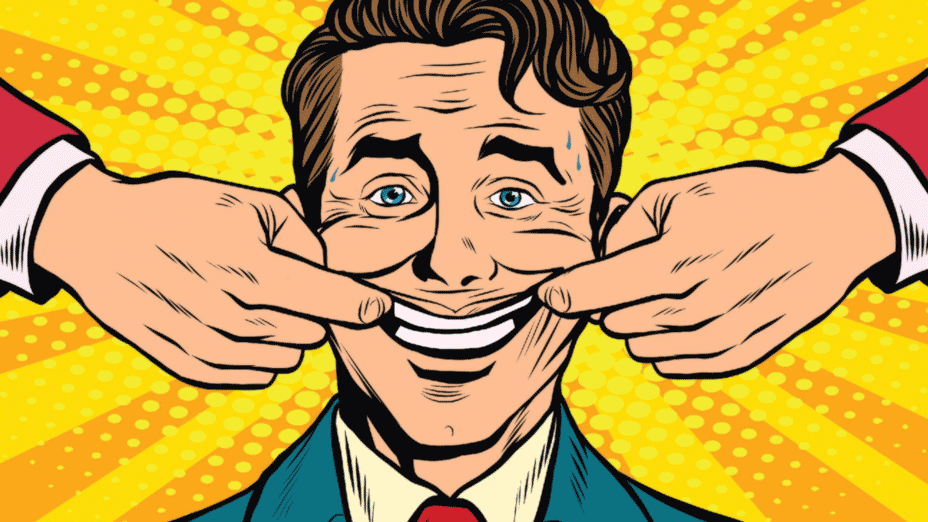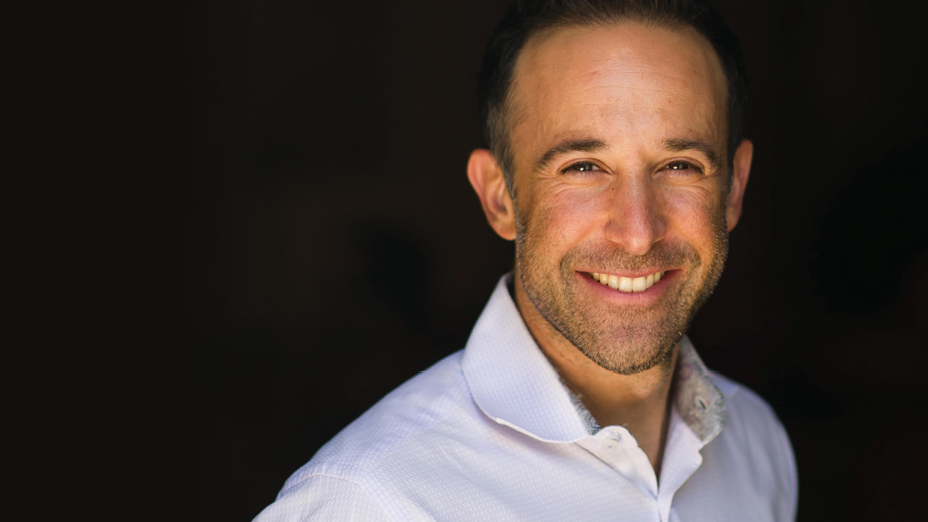We can all be more productive, as individuals and organizations.
There is always value that can be added with only the resources at hand. But what increases productivity? Not more resources, as a rule. More money that produces the same result per dollar spent is no improvement. What generates more for the energy invested is the conscious insertion of at least one of the four things that don’t happen by themselves: clearing, focusing, structuring, and action.
- CLEANING AND CLEARING
Any activity that does not handle its own waste appropriately is going to increase drag on the system and cause unnecessary effort to endure and deal with accumulated residue. What’s not needed anymore? Old projects, outworn policies and procedures, old un-renegotiated commitments, hung up body toxins – anything taking up space and attention and not creating value, when removed, will increase flow and output automatically. But it takes intention and action to eliminate stuff – it becomes more and more inert if it isn’t consistently infused with conscious interest.
- FOCUSING
Psychic and physical forces are automatically mobilized with a focus and rapidly dispersed and exhausted without one. What’s the purpose…for this meeting, this proposal, this vacation, this department, this desk, this job? What are we trying to do? Where are we going? Clear answers to these questions create energy which produces results with less effort. But it takes focus to direct a focus. Unattended, distraction creeps in like a thief in the night.
- STRUCTURING
Look around at the physical structures you see right now. They exist not as value in themselves but for what they create – comfort, protection, support, communication, focus, visibility – with minimal energy expended. With no structures we would have a heck of a time maintaining those experiences with just our own bodies. With no list of all our errands at hand when we’re out and about, we’re likely not as productive as we could be. If no one is designated to answer the phone, everyone has to waste attention on it when it rings. If my paint brushes are not in order, I’m limiting my creative expression. Structures don’t show up by themselves. Productive people are always asking: How can I better organize and streamline what I’m doing?
- ACTION
It’s easier to move when you are already in motion. It takes less effort to redirect something going in the wrong direction than to get something going from a standing start. Fear of the unknown and of potential negative consequences of imperfection can easily create the analysis paralysis. If something needs to be different than it is and there is no “next action” decided yet, there will tend to be debilitating angst as well as zero motion. Initiating a simple next physical step is often the key t releasing stored energy and generating productive momentum. But it requires concentration of intention to hold the mind steady toward a pinpoint of action.
Any one of these four dynamics can improve the quality and quantity of your outputs, but each requires a conscious effort to employ. And any one of them, underemployed, can undermine it. You could have a clean, focused, active department that lacked good job descriptions, and it won’t be as effective as it could be. A team could be well-structured, working overtime, with clean in-baskets, and still not be focused on what they needed to do appropriately. And you could have a hard-changing goal-oriented, organized executives with tons of incomplete communications and commitments weighing him down like an albatross.
A person in sustainable high performance keeps a focus on what’s important, captures and organizes all the open loops still relevant to their life and work, and consistently takes action on expressing and completing that which is theirs to do. If you’re not operating from that place as much as you’d like, which of these productivity relevant areas is your weak suit right now? Which might be the improvement opportunity for your organization, or for your family? Are things as clean, focused, structured, and active as they could or need to be in all meaningful areas? What would be a good investment strategy?
“A useful definition of liberty is obtained only by seeking the principle of liberty in the main business of human life, that is to say, in the process by which men educate their responses and learn to control their environment.” – Walter Lippman





.png)


.jpg)
What Did You Think?